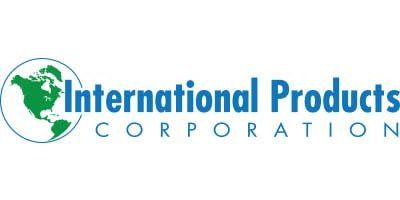

- Home
- Companies
- International Products Corporation
- Articles
- Guidelines For Cleaning Pharmaceutical ...
Guidelines For Cleaning Pharmaceutical Processing Equipment
Cleaning pharmaceutical processing equipment is challenging. Cleaning methods, soils present, type of manufacturing equipment, surfaces cleaned, choice of cleaning detergent and temperature should all be considered when setting up a cleaning procedure. Cleaning validation methods are required. The entire cleaning process must be standardized and documented according to the FDA’s cGMP regulations.
Pharmaceutical Processing Equipment?
- Maintain product quality.
- Remove all trace ingredients to prevent the transfer of ingredients from one product to the next. This is especially important when multiple products are produced on the same equipment.
- Prevent equipment malfunctions that may lead to product contamination.
- Provide a clean surface for disinfection. Surfaces cannot be properly sanitized or disinfected if they are not thoroughly cleaned first.
- Comply with local and international standards and regulations to ensure consumer safety and avoid legal issues.
- Increase plant performance and productivity by diminishing waste, maintaining equipment and preserving product quality.
- Enhance worker safety by providing a clean working environment and smoothly functioning equipment.
Establishing A Cleaning Procedure Federal Regulations
Pharmaceutical manufacturers are required to set up a fully documented written cleaning procedure for each piece of processing equipment in compliance with FDA 21 CFR Part 211.67. Documentation should include:
- Responsibility for equipment cleaning and maintenance
- Cleaning and sanitization schedules
- A detailed description of the cleaning procedure
- Removal of previous batch identification
- Protection of clean equipment
- Inspection of equipment prior to use
Manufacturers must outline each of these steps in detail to be sure that all processes are followed clearly and succinctly.
Cleaning Procedures
Federal regulations require a very specific description of each step of the cleaning procedure. The following details should be documented.
- Frequency of cleaning – including time requirements between processing products and cleaning
- Cleaning tools used – any sponges, brushes, scrapers, sprayers, wipes or equipment used to aid the cleaning process
- Establishment and sequence of each cleaning step
- Identification of each specific piece of equipment to be cleaned, including instructions for cleaning between batches of the same or different products
- Cleaning method – clean-in-place (CIP) or clean-out-of-place (COP)
- Detailed instructions for any required disassembly and re-assembly of equipment if COP methods are used. Instructions should specify the parts to be removed and any assembly aids used during this process.
- Identification of all cleaning detergents and detailed instructions for their use. Usage instructions should include amounts, concentration, temperature, dwell time and application method.
- Type of water – deionized, distilled or tap
- Number of rinse steps required
- Drying and storage guidelines
- Instructions for visual inspection after cleaning
- Cleaning validation methods
How to Clean
Several factors must be taken into consideration to set up an effective cleaning process and remain in compliance with federal regulations.
Soils
Soils found on pharmaceutical processing equipment may be traces of the various ingredients used in production or soils from the actual manufacturing process such as oil, grease, dust or minerals. Understanding the soils that are present will guide your choice of cleaning detergent.
Gels, polyethylene glycol, oils, titanium dioxide, dyes, silicons, flavorings, petrolatum, paraffin, proteins, steroids, sugars, alcohol, stearates, and cornstarch are some of the typical foulants that are often found on pharmaceutical processing equipment.
Each type of soil is unique and requires the proper detergent to thoroughly clean the surface. Choose a cleaner that will best attack the soils you are trying to remove. Alkaline cleaners are the best choice for cleaning soils such as gels, dyes and petrolatum, while citric acid based cleaners are better suited for removing titanium dioxide. Protein or starch-based soils may require the use of an enzyme cleaner. Use the table below to help match the most effective type of cleaner to each kind of soil.
